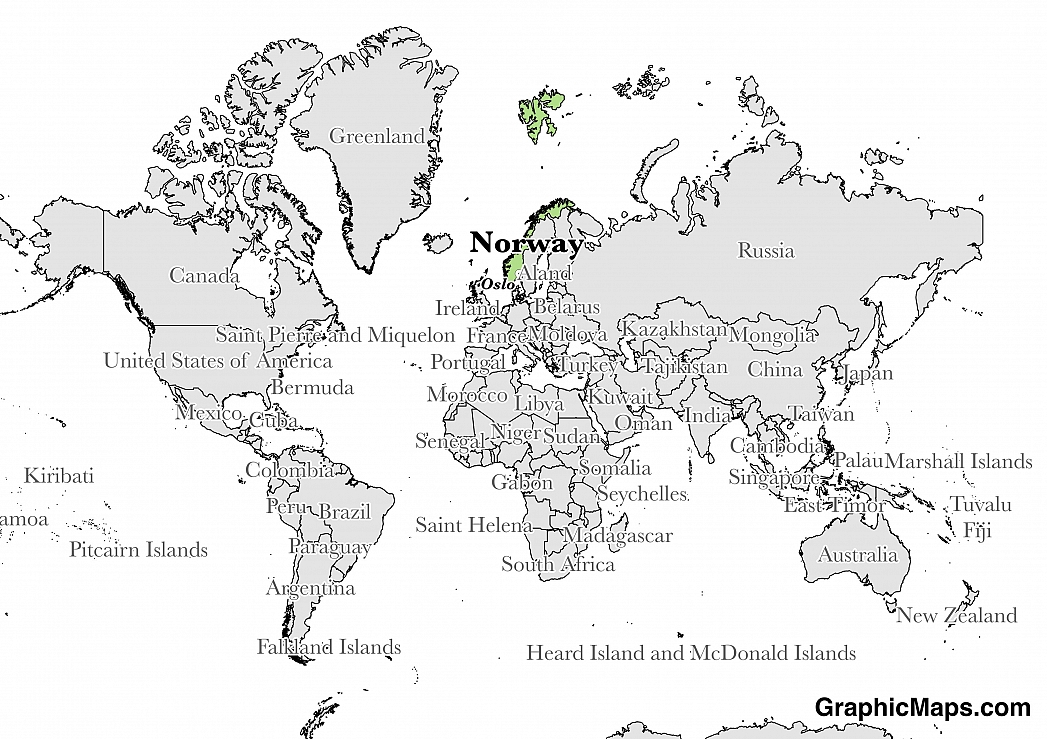Norway exercises representative parliamentary democracy. The leaders are elected to represent the citizens in parliament. The country’s politics is conducted under a multi-party democracy, whereby several parties compete against each other for the number of seats in the parliament. The country is a constitutional monarchy. The executive powers in the country are exercised by the king’s council. The judiciary arm of the government is independent of the executive and the legislature.
Parliamentary elections in Norway are held after every four years. The several parties work together to form coalition governments or minority cabinets. The country is sub-divided into 19 distinct counties. Each county elects a specified number of representatives to the storting according to the geographical area and according to the population in the county. A separate election is also held to elect municipal leaders. After the elections to the parliament, the elected representatives choose their own president. The seat of the president is considered as a prestigious position rather than a position where one can exercise powers.
Storting is the supreme legislative house in Norway. The house consists of 169 members. The house was established by the constitutional amendment of 1814. The parliamentary building is located in Oslo. As from March 5, 1866, the proceedings of the Storting have been held in the Parliament of Norway Building at Karl Johans Gate 22 in Oslo. The official residence of the monarch, The Royal Palace, is located in central Oslo, at the end of the Karl Johans gate. It was built in the first half of the 19th century. The official residence of the prime minister is known as the Inkognitogata 18. It is located in Oslo.
Major political parties in Norway include the Social Democratic party, the Special Issue/Conservative Liberal, the Conservation, and the Communist/Socialist.
This page was last modified on May 1st, 2018
More on Graphicmaps

Published on 2019-11-06
What is a Trade Embargo?

Published on 2019-11-04
Which Two Countries Used to Have the Same Flag?

Published on 2019-09-16
What Is the Only Two-Sided State Flag?

Published on 2019-09-16
Which Country Flag Looks Like the Texas Flag?

Published on 2019-08-29
Flags That Resemble the US Flag

Published on 2019-08-20
